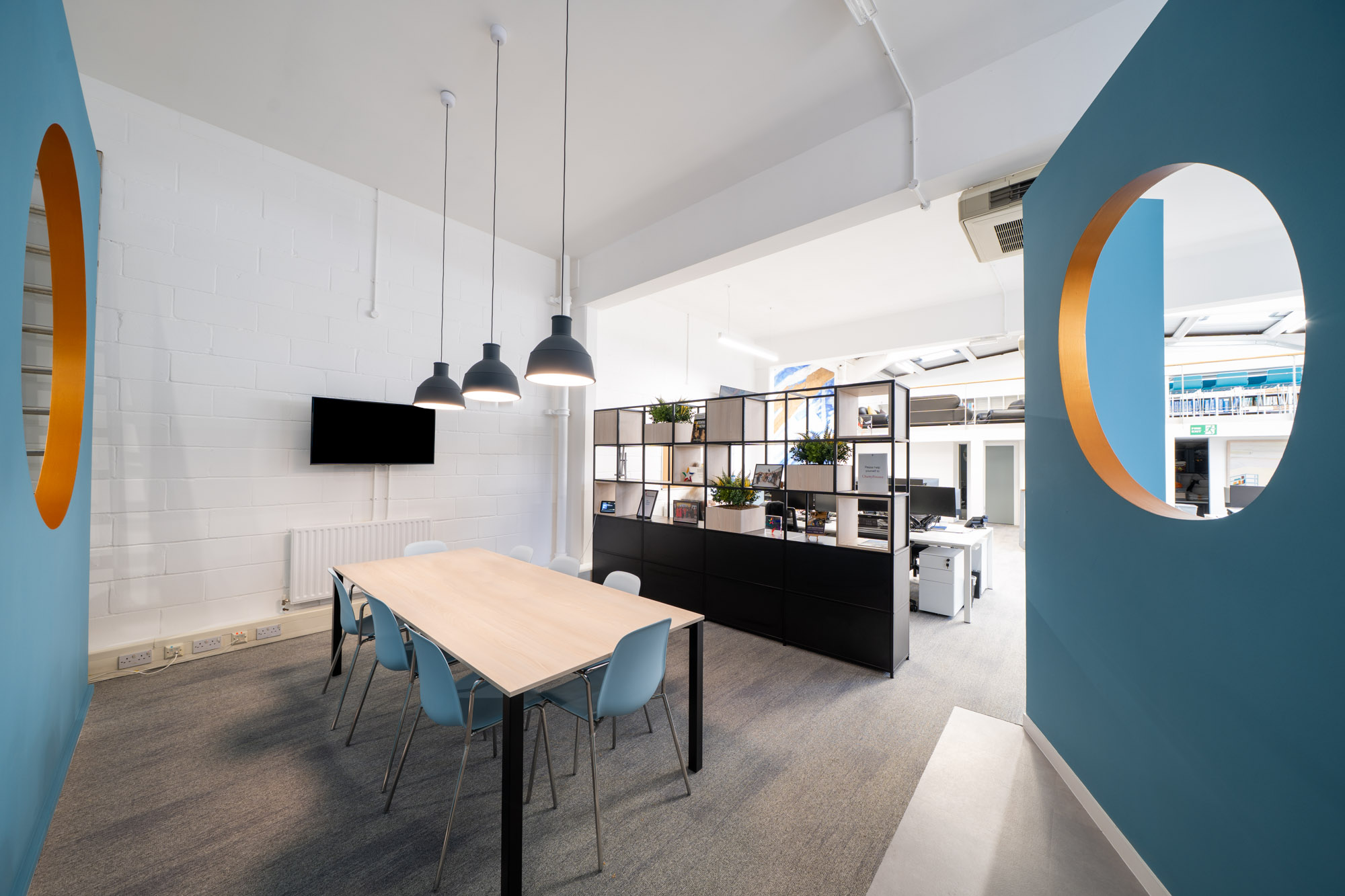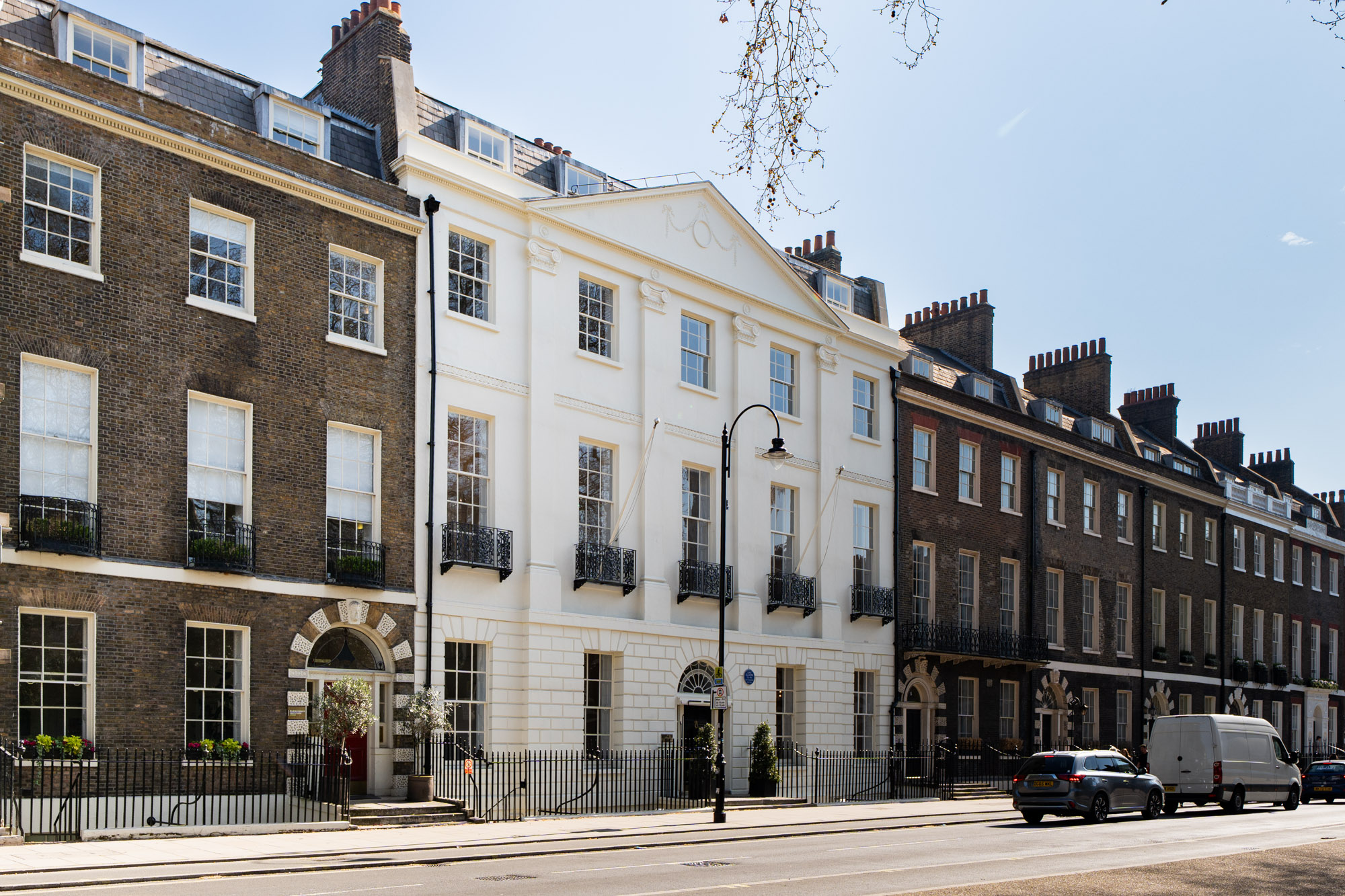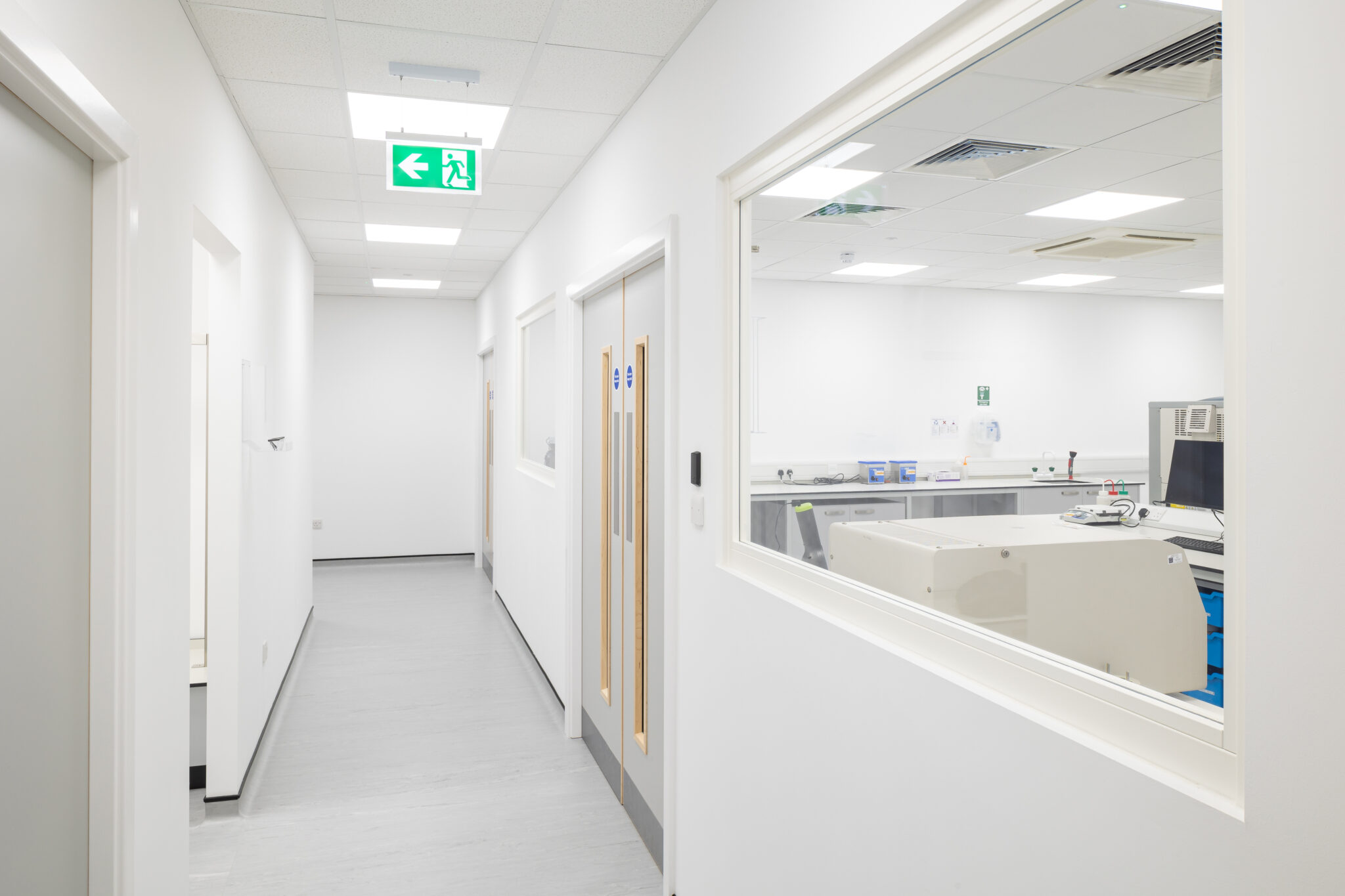
A guide to choosing the right office model for you.
As businesses continue to evolve, so do their office space requirements. The traditional “one-size-fits-all” office model is long gone, with companies able to choose from a variety of options that align with their financial goals, flexibility needs, and workplace culture.
In 2025, businesses will typically consider one of the following office models:
- Owning a Freehold
- CAT B Space (Traditional Lease)
- Fitted Space (Traditional Lease)
- Managed Offices
- Serviced Offices
Each option has its own set of advantages and challenges.
To help business leaders make an informed decision about what’s best for their specific situation, we’ve outlined the “need-to-knows” of each office model.
Owning a Freehold Office: Stability and Control
For businesses seeking long-term stability, owning a freehold office provides the greatest level of control over their workspace. Unlike lease agreements, which involve recurring rent payments and the potential for rent increases, a freehold office eliminates rental costs entirely. Ownership also allows businesses to make unrestricted modifications to the space, ensuring that the office environment fully aligns with operational needs and brand identity. Additionally, there is potential for the property to appreciate in value over time, offering a financial return on investment.
However, this option requires significant upfront capital, which can tie up resources that could otherwise be allocated to core business activities. Freehold ownership also places full responsibility on the business for property maintenance, repairs, and management, which can add to operational costs and administrative burden. Furthermore, it lacks flexibility—relocating or expanding operations would require selling the property or purchasing additional space, making it less suitable for businesses expecting rapid growth or potential downsizing.
Pros:
- Full control over the property
- No ongoing rent payments, making it cost-effective long-term
- Opportunity for property value appreciation
- Complete freedom for customisation
Cons:
- Requires significant upfront capital investment
- Responsibility for maintenance, repairs, and property management
- Ties up resources in a non-liquid asset
- Lack of flexibility if the business needs to scale or relocate
Leasing a CAT B Space: Customisation at a Cost
Leasing a CAT B space allows businesses to create a fully customised office environment tailored to their operational needs and brand identity. Unlike pre-fitted office solutions, a CAT B fit-out involves the complete design and build of the workspace, including installing partitions, furniture, finishes, and technology. This gives companies the ability to craft a high-quality, personalised workplace that enhances productivity and employee satisfaction. It can also improve the long-term value of the property if well-designed, benefiting both tenants and landlords.
However, the benefits of customisation come with challenges. A CAT B lease requires upfront investment in the fit-out process, which can be both time-consuming and costly. Businesses also commit to long-term lease agreements (eg. 5 years), reducing flexibility and making it difficult to adapt to future changes in workforce size or operational needs. Additionally, tenants are responsible for ongoing maintenance and operational costs, adding to the overall expense of this option.
Pros:
- Allows complete customisation to align with brand identity
- Personalised, high-quality workspace design
- Potential to enhance long-term property value
Cons:
- Requires significant upfront investment in fit-out
- Time-consuming and costly to set up
- Long-term lease reduces flexibility
- Ongoing maintenance and operational costs
Leasing a Fitted Space: A Balanced Approach
For businesses that need a structured yet cost-effective office solution, leasing a fitted space provides a middle ground between traditional leases and flexible workspaces. These offices come pre-fitted with essential infrastructure, such as furniture, partitions, and IT systems, reducing the need for significant upfront investment. This means businesses can move in quickly to these “plug-and-play” spaces without the long lead times and high costs associated with a full CAT B fit-out. Additionally, this option provides long-term stability, as businesses secure a dedicated space for their operations.
However, fitted spaces still require a lease commitment, which limits flexibility compared to serviced or managed office solutions. While the initial capital outlay is lower than a fully customised fit-out, tenants are still responsible for maintenance and operational costs. This model works best for companies that require a permanent presence in a specific location but want to avoid the complexities of a full office build-out. It’s also worth noting, it’s not always easy for companies to find a space that matches their requirements completely so it’s common for a small fit out to tweak the space is needed before moving in.
Pros:
- Provides long-term stability with a lease agreement
- Lower capital outlay compared to fully custom-built offices
- Reduced dilapidation liabilities
Cons:
- Limited flexibility compared to managed or serviced offices
- Business is responsible for maintenance and operational costs
- Longer commitment than flexible office models
- Difficult to find a space which matches requirements exactly
Managed Offices: Flexibility with Services
Managed offices provide businesses with a tailored office space while outsourcing many of the complexities involved in office management. These spaces come fully furnished and include essential services such as IT support, security, cleaning, and maintenance, reducing the operational burden on the business. Managed offices also offer more flexible lease terms compared to traditional leases, allowing businesses to scale up or down as needed. This makes them a great choice for growing businesses or companies looking for a professional workspace without long-term commitments.
However, the added convenience comes at a cost. Managed offices are typically more expensive than traditional leases due to the included services and amenities. The setup process can also take longer than simply moving into a serviced office. Additionally, while these spaces offer some degree of customisation, they do not provide the same level of design control as a fully leased office.
Pros:
- Customisable office spaces with included services (IT, maintenance, etc.)
- More flexible lease terms, allowing businesses to scale as needed
- Less administrative burden compared to a traditional lease
Cons:
- More expensive than a traditional lease due to added services
- Longer setup time than serviced offices
- Fewer networking opportunities compared to coworking environments
Serviced Offices: Maximum Agility
Serviced offices offer businesses an immediate, hassle-free workspace solution with all-inclusive pricing. These offices come fully equipped with furniture, utilities, internet, and office support services, allowing businesses to move in and start working immediately. Serviced offices are particularly beneficial for startups, project-based teams, and businesses that require short-term flexibility. Additionally, they are often located in prestigious business districts, which can enhance a company’s reputation.
Despite their convenience, serviced offices tend to be more expensive on a per-square-foot basis than traditional leases. Customisation options are limited, meaning businesses may need to adapt to a standardised office layout rather than designing a bespoke workspace. Additionally, the shared nature of some serviced office spaces may result in privacy concerns or distractions, which could impact productivity.
Pros:
- Short-term lease flexibility
- Cost-effective as it includes furniture, utilities, and amenities
- Often located in prime business areas, enhancing company image
- Minimal administrative responsibilities
- Built-in networking opportunities with other tenants
Cons:
- Higher cost per square foot than traditional leases
- Limited customisation options
- Shared spaces may lead to privacy concerns and distractions
Which Office Model Is Right for You?
Choosing the right office model depends on your company’s priorities:
- If long-term stability and control are your focus, owning a freehold may be ideal.
- If brand identity and customisation are essential, a traditional lease may be the best choice.
- If scalability and convenience are important, managed or serviced offices offer greater flexibility.
As 2025 unfolds, the modern workplace will continue to evolve, and businesses that align their office strategy with their operational needs will gain a competitive edge.
At Constructive Space, we’ve been designing and fitting out office spaces for tenants, landlords and serviced office providers since 1977. If you need help with your workplace strategy, please don’t hesitate to get in touch.


